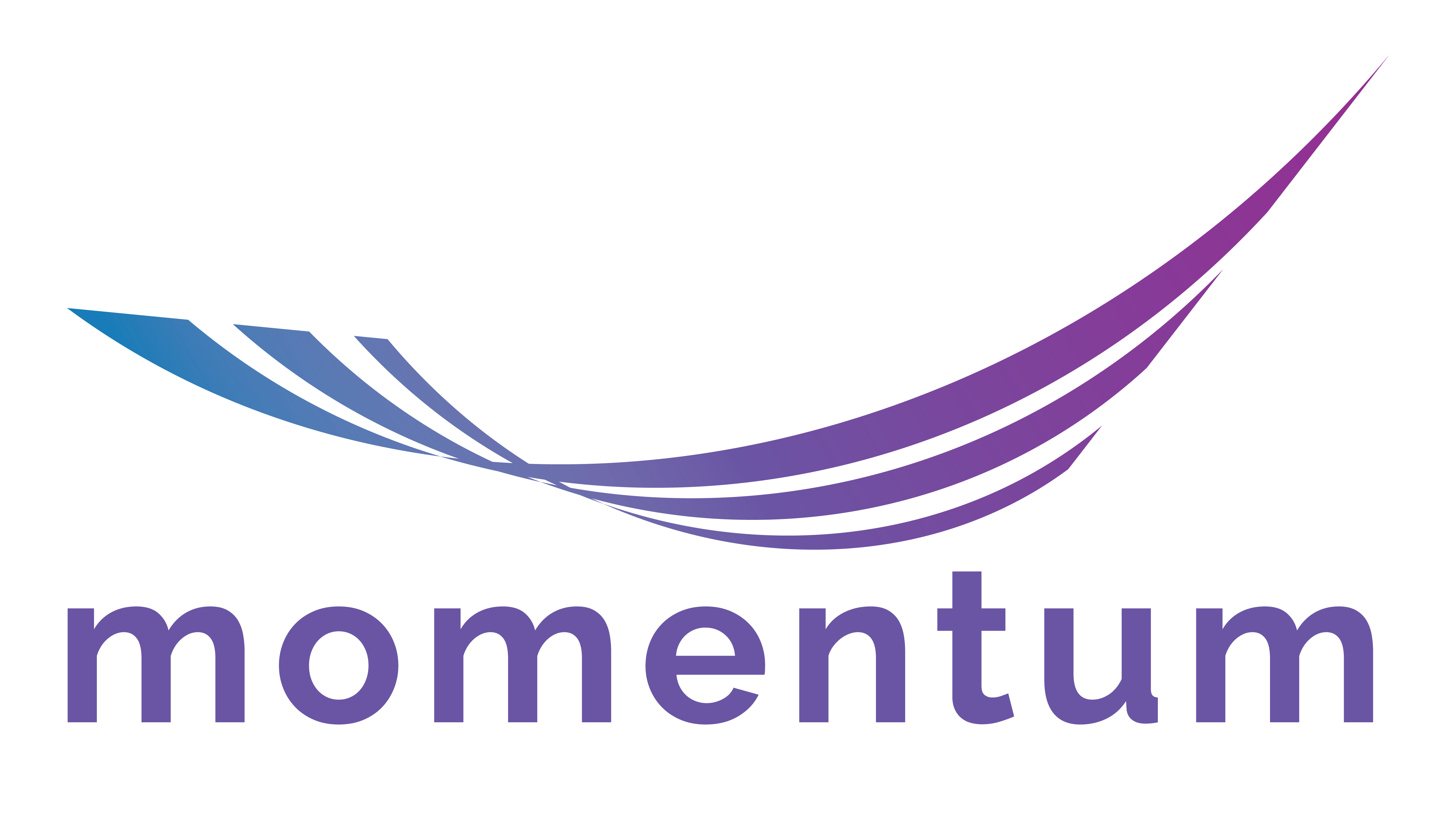LITERATURE DATABASE ON BPC RESEARCH
With funding from NSF, the Momentum team developed a public access database to a comprehensive repository of recently published (2005 through 2023) scholarly articles that advance the empirical and theoretical knowledge around broadening participation in undergraduate computing (BPC) in the United States. The articles in this database approach broadening participation in computing from a variety of epistemological and methodological orientations as well as with different goals and objectives, including, but not limited to, implementing and evaluating BPC interventions and theorizing around broader social forces that cause longstanding inequalities in computing. Accordingly, a wide array of conclusions and recommendations for broadening participation in computing are advanced by the literature in the database. By organizing and synthesizing BPC literature in one place, this resource supports researchers and practitioners in identifying relevant, peer-reviewed scholarship and assessing its quality and applicability to their work. In partnership with the Computing Research Association and National Center for Women in Technology, the literature database has been integrated into the resources available on BPCnet.org.
The Momentum team has also completed a methodological review of the quantitative articles in this database, reporting on how postsecondary BPC research has been conducted from 2005-2022. The full paper offers recommendations for future BPC research and can be found under the products tab of this page.
Building on methods commonly used in systematic literature reviews and meta-analyses of literature, the articles in the literature database were collected via a rigorous process developed in collaboration with computing education experts, data scientists, and librarians. This four-phase process began with the refinement of search terms, databases, and final categories. In Summer 2020, the search phase commenced during which we collected articles on broadening participation from seventeen unique article databases. The third phase involved the review and screening of all collected literature to ensure every piece fit the pre-established parameters for inclusion. Next, using a unique natural language processing tool developed especially for this project, each article was analyzed and metadata for each database category (e.g., title, abstract, sample size) was extracted. A final database was provided to our partners at the Computing Research Association and National Center for Women in Technology and is available here. The team is continually updating the database with relevant articles that have been published since the completion of the initial matrix.
